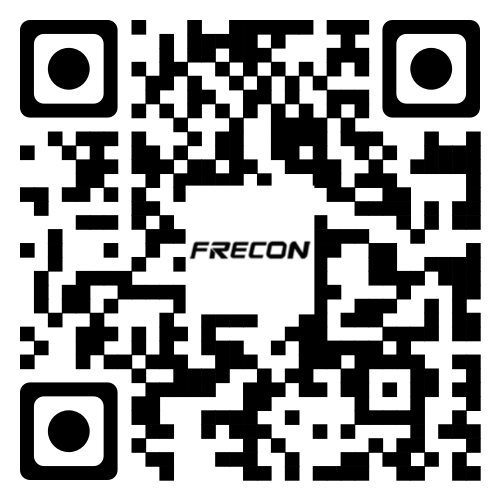
In the dyeing and finishing industry, electricity consumption is the biggest part of production costs. Dyeing vats, as the main energy-consuming equipment for yarn dyeing, consume huge amounts of energy. In recent years, variable frequency control technology has emerged, and variable frequency control of flow and pressure differences has been widely used in the industry. Using variable frequency energy-saving to transform dyeing vats has become an effective way for companies to reduce energy consumption costs for yarn dyeing and improve their competitiveness. The application of AC variable frequency speed regulation device in dyeing vats is particularly critical. It can accurately control the operation of the motor, reduce energy waste, and help enterprises achieve green and efficient production.

The basic structure of the dyeing vat includes a cloth storage tank, a circulation system, a filter and heat exchanger, a feed barrel (sub-tank), a cloth outlet drum, a swinging and folding device, and a control system. The circulation system uses a motor to drive a circulation pump to circulate the dye solution, and there is a filter in front of the heat exchanger to block the hair. The feed barrel is used to prepare dyes and chemicals, and there are pressure gauges and thermometers to display the nozzle pressure and dye solution temperature respectively. All components work together to complete the dyeing operation.

The yarn dyeing process follows a predetermined periodic action, and dyeing is achieved by controlling the time of internal and external flow. The internal and external flow are switched by a commutator, and the yarn flow rate is controlled by the main pump. Common processes include color dyeing, color spinning, segment dyeing and spray dyeing. Color dyeing is done after the yarn is made, and the pretreatment, dyeing and other links are carried out to achieve uniform color, which is suitable for pure color products and has a short delivery time. Color spinning is spun after fiber-level dyeing, and has a gradient or blended effect. It is suitable for gradient color products, but the process is complex and the delivery time is long. Segment dyeing and spray dyeing can present segmented colors and complex effects respectively, and the delivery time depends on the situation.

Dyeing Vat Loss Factors:
First, hardware loss. The main pump of the ordinary dye vat uses the original Y-△ step-down start, which has large starting torque and current, accelerating the aging of the main pump and the wear of the commutator, increasing maintenance costs and wasting energy.
Second, overflow loss. Due to different processes and load changes, the pump is designed for the maximum flow rate. When the flow rate is less than the maximum value, the coloring efficiency of the colorant is low and energy is lost.
Third, throttling loss. There is pressure flow when water flows through the commutation port, causing the sealing ring to heat up, the commutator to make loud noises and short life.
Fourth, design margin loss. The main pump motor capacity design far exceeds the actual demand, resulting in energy waste.

The main cylinder injection pipe is changed to a flow controller, and its 4-20mA current signal is connected to the PLC analog input terminal. After PID operation, the frequency of the inverter changes linearly with the signal, and the motor speed is adjusted in combination with the poundage operation. The reversing solenoid valve is added with a position switch to adjust the speed when reversing. The main cylinder water level control is changed to an analog signal controller with a human-machine interface. The water level of the material cylinder is controlled in the same way. The FR500A variable frequency speed control device is used, and soft start is used to control the starting current, reduce losses, and extend the life of the equipment.

After the original water level controller and magnet signal were removed from the main cylinder and replaced with an analog signal controller, the water level control was precise. The human-machine interface was installed to view the water level in real time to avoid accidents of waterless operation. The material cylinder also uses an analog signal controller to control the water level, reducing maintenance and production costs. After using the variable frequency speed control device, the power factor increased from 0.6 - 0.8 of the ordinary main pump to ≈1, the reactive power loss was reduced, and the active power of the power grid was increased. At the same time, the soft start function of the inverter greatly reduced the starting current of the motor, generally not exceeding 1.2 times the rated current, reducing the impact on the power grid, reducing the power grid capacity requirements, and extending the service life of the equipment.









